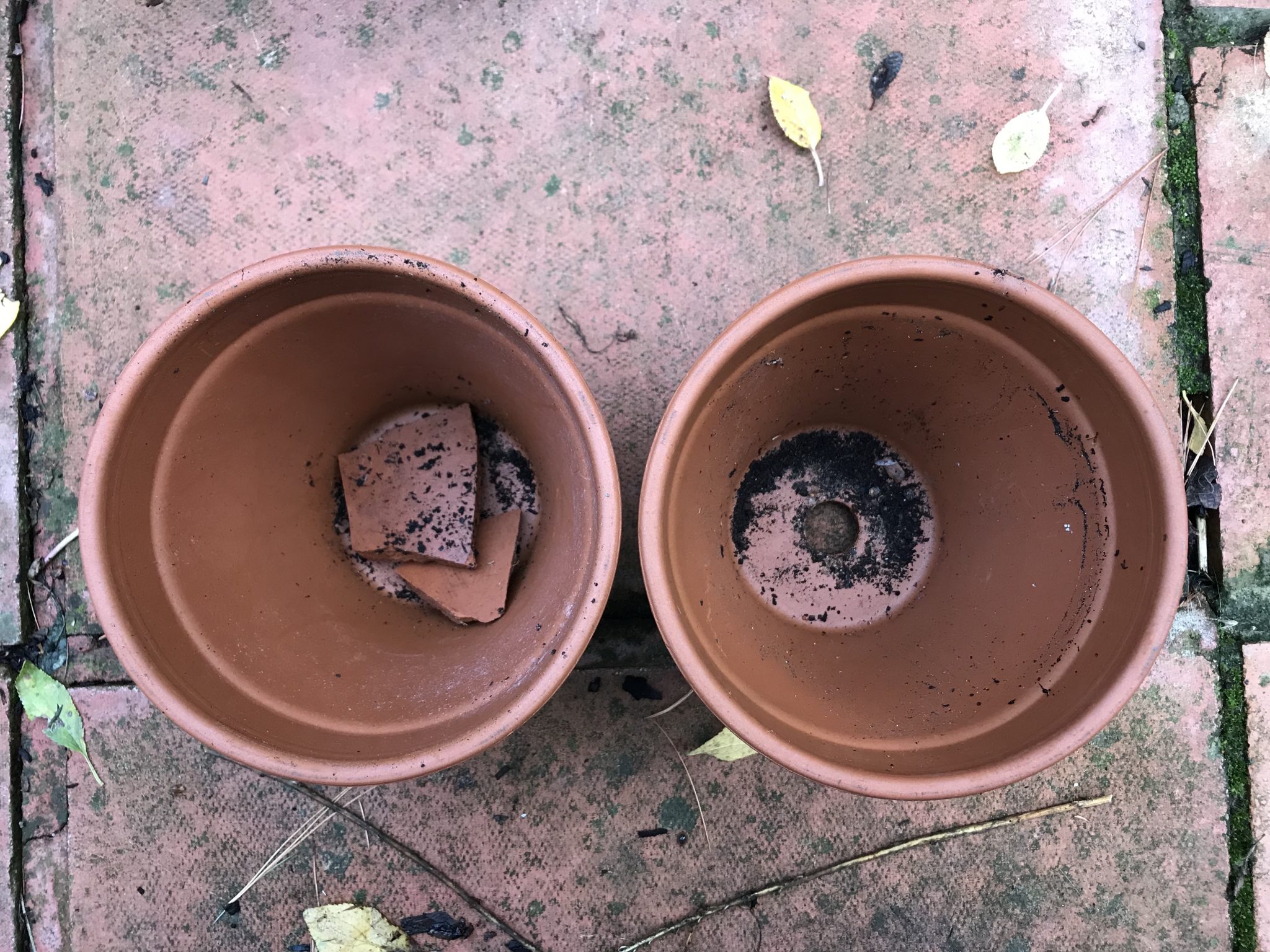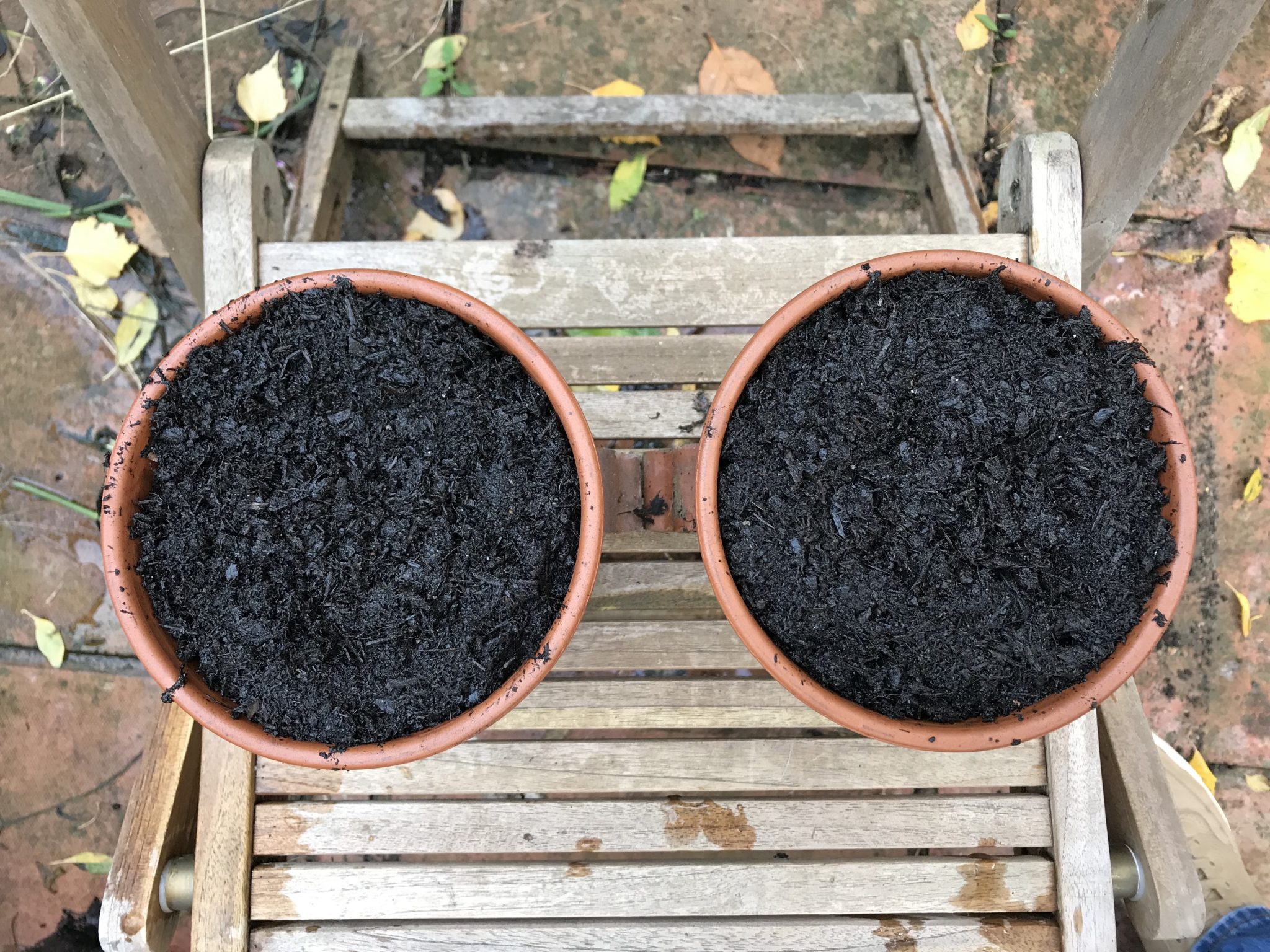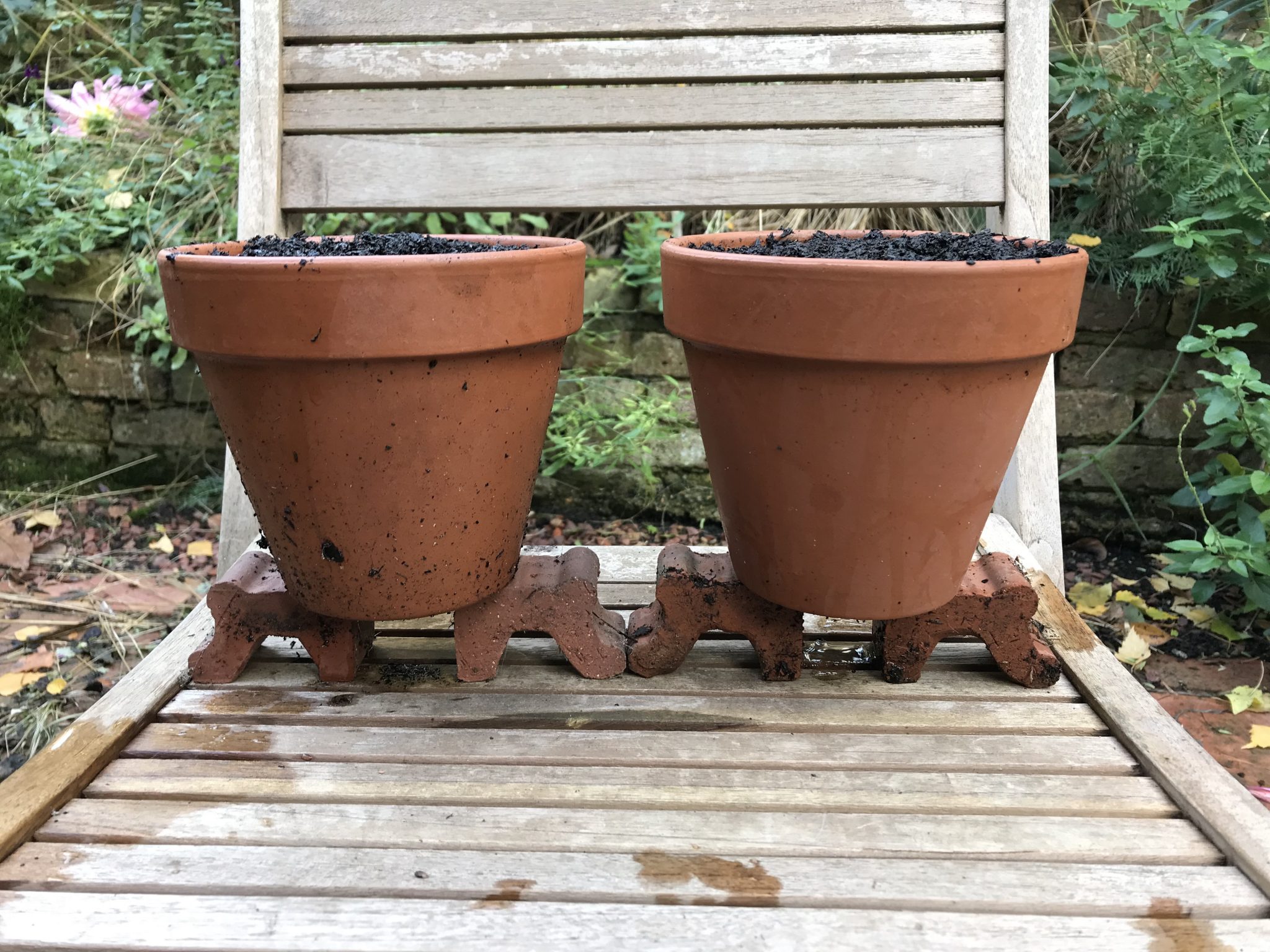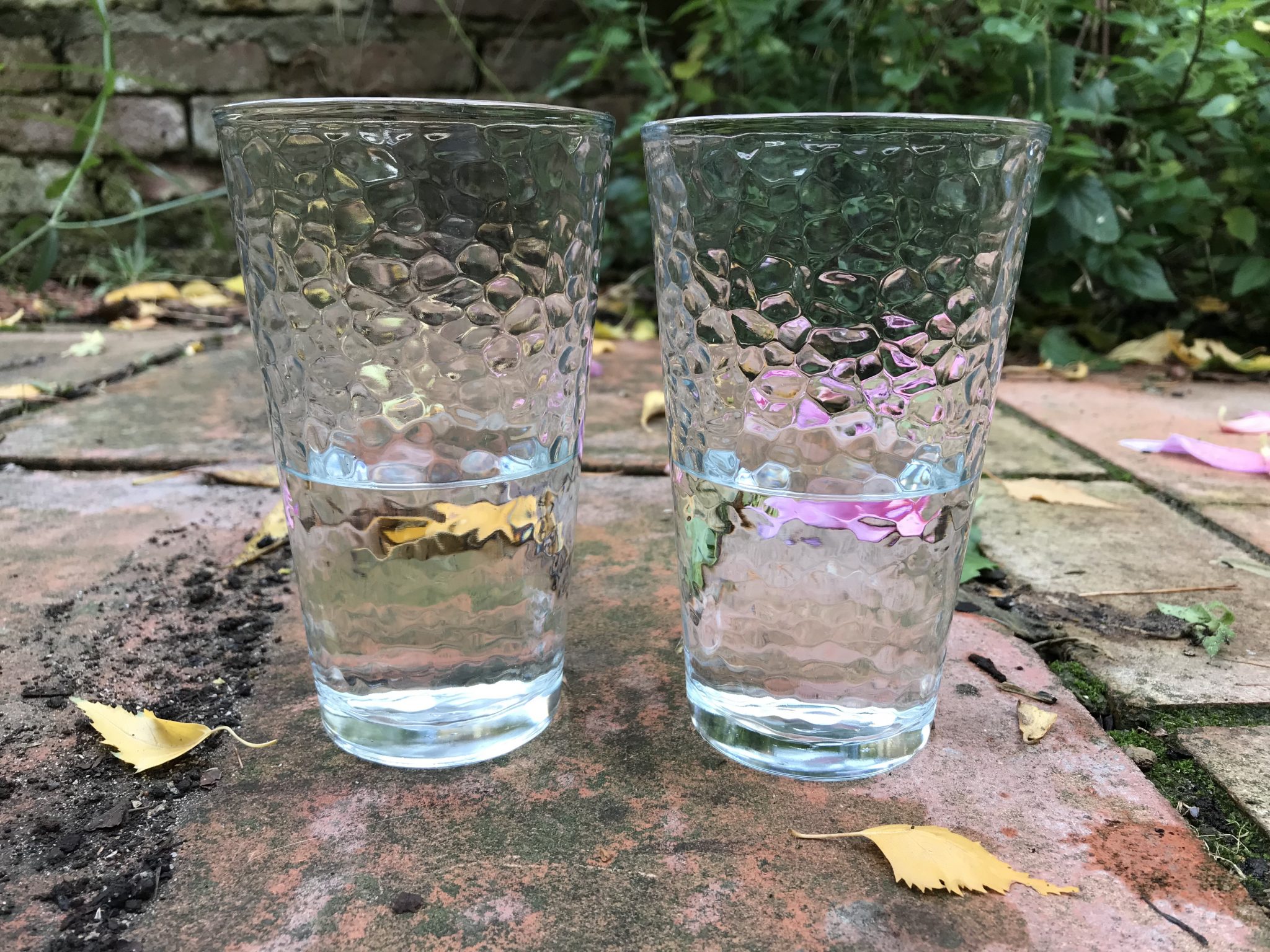For decades gardeners around the world have added crocks – broken bits of terracotta pot or polystyrene – to the base of pots to add drainage. Then, one day reports started spreading that this was a total waste of time! But which is the myth? Do crocks work or don’t they? I decided to put it to the test myself using the same size pots, the same amount of peat free compost and the same amount of water – the only difference is that the pot on the LEFT has crocks. Watch the video below for the result…
Conclusion
As I had expected, the crocks in this test worked and crocks make for a pot that is far more free draining. In fact, the pot on the right without crocks was still dripping over five minutes after I stopped filming. The reports that crocks don’t work are based on soil science and the structure of the growing media in the pots. Water will drain through the gaps in growing media with or without the crocks. What this doesn’t take into account is that crocks increase the area of the hole and the amount of soil gaps exposed to that – meaning more water can freely drain out of a greater surface area of growing media faster. Essentially, crocks placed correctly increase the size of the hole in the pot and simultaneously stop the growing media acting like a cork. Over time especially, growing media will compress at the bottom of a pot reducing those gaps within the growing media and making it harder for water to escape. In temporary pots, especially for summer I don’t bother so much with crocks unless the plant likes free draining conditions (like most herbs). For long term outdoor planting I usually use crocks because, although the growing media will still compress, this will be alleviated by the fact the crocks increase the surface area of the hole, preventing the growing media from blocking the holes as much and the crocks keep the growing media away from the smooth base of the pot so the water again can drain more easily.
Where the myth that crocks don’t work comes from is back to the soil science and the point that crocks won’t change the structure of the growing media. Growing media with smaller particles (like clay) will lock in more moisture than growing media with large particles (like sand) because smaller particles actually increase the surface area for water to cling to. This is all fact, so if you plant something like a cactus in water retaining compost rather than free draining, it’s on a one way trip to rot city with or without crocks. However, with the correct growing media, crocks certainly aid water draining away for the reasons discussed above.








I was taught in the early 60s that if we broke a clay pot you needed to hide the evidence hence we used them for crocking other clay pots ! !